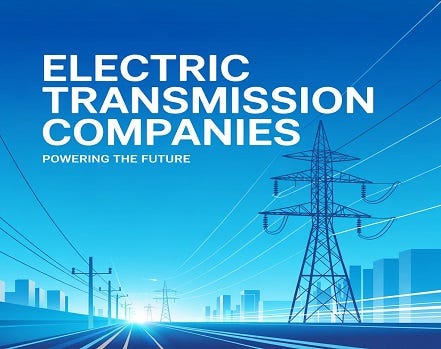views
Introduction
Electricity is the backbone of modern civilization, powering industries, cities, and homes across the globe. While power generation often receives much attention, it’s the electric transmission companies that form the vital link between generation and consumption. These companies ensure that electricity produced in power plants reaches substations and ultimately the consumers efficiently, safely, and reliably. Without them, the lights simply wouldn’t stay on.
The Role of Electric Transmission Companies
Electric transmission companies are responsible for transporting high-voltage electricity from generating stations to distribution networks. They manage and maintain the large-scale transmission lines, substations, and related infrastructure that form the “highways” of the electric grid.
Their primary functions include:
Grid Management: Balancing supply and demand to prevent blackouts.
Maintenance of Infrastructure: Ensuring transmission lines, transformers, and substations are functioning efficiently.
System Expansion: Building new lines to meet growing energy demands and integrate renewable sources.
Interconnection Services: Facilitating cross-border electricity trade and regional grid stability.
Key Players in the Industry
Globally, some major electric transmission companies include:
National Grid plc (UK) — operating extensive transmission networks in the United Kingdom and the United States.
NextEra Energy Transmission (USA) — focusing on expanding clean and efficient transmission systems.
State Grid Corporation of China — the world’s largest utility company, managing millions of kilometers of transmission lines.
Power Grid Corporation of India — playing a critical role in India’s power sector development and renewable integration.
These companies not only manage infrastructure but also drive innovation in smart grids and energy storage technologies.

Challenges in Electric Transmission
Despite their importance, transmission companies face several challenges:
Aging Infrastructure: Many grids were built decades ago and require modernization.
Integration of Renewables: Solar and wind energy are variable, requiring smarter grid management.
Regulatory Hurdles: Long approval processes for new transmission projects delay grid expansion.
Cybersecurity Threats: As grids become more digital, they become more vulnerable to cyberattacks.
Meeting these challenges requires heavy investment, innovative engineering, and supportive government policies.
Future Outlook
The future of electric transmission lies in smart grids, digital monitoring, and renewable integration. Technologies like artificial intelligence, IoT (Internet of Things), and high-voltage direct current (HVDC) systems are transforming how electricity is transmitted.
Moreover, as nations move toward decarbonization, transmission companies will play a central role in connecting renewable generation sites — often located far from cities — to consumers. Collaboration between governments, private investors, and technology firms will shape a more resilient and sustainable grid.
Conclusion
Electric transmission companies are the unsung heroes of the power sector, silently ensuring that energy flows seamlessly across vast networks. As the world transitions to cleaner and more digital energy systems, their role will only grow in importance. Strengthening and modernizing transmission infrastructure is not just an engineering necessity — it’s a foundation for a sustainable future.










